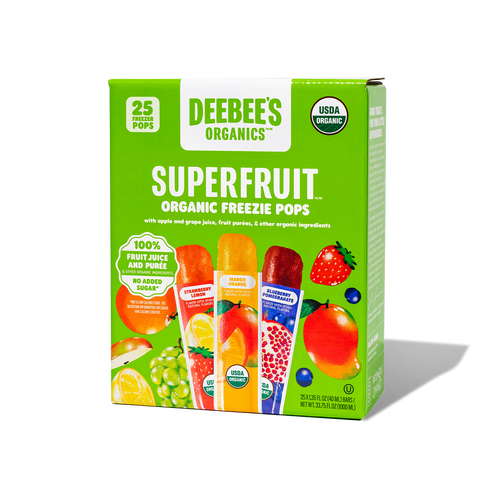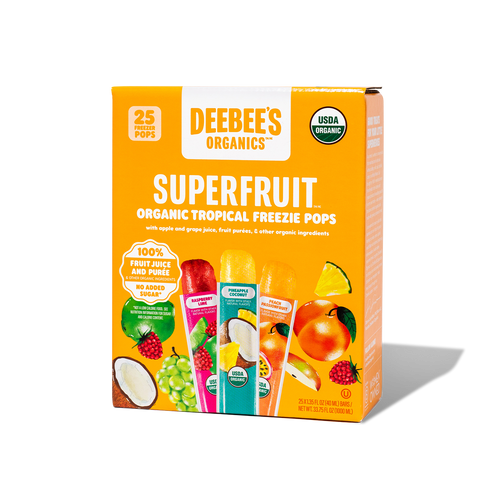From our colourful SuperFruit Freezies to our rainbow-inspired branding, it might be easy to tell that we LOVE colour. So when we saw this article from the Action for Healthy Kids, we couldn’t help but stop and pause. We love the idea of using colours to help our children navigate the many emotions they will feel, especially when experiencing them for the first time.
Using colours to help identify and recognize emotions is a strategy many educators and parents use to develop their children’s empathy, emotional health, social skills and overall wellbeing. In a time when our children are connected to their screens and devices more than ever, learning to recognize and unpack different emotions is an important developmental milestone. Many parents assign different emotions a colour or a combination of different colours. For example, red is anger, blue is sadness, yellow is happiness, etc.
Once your child is working towards identifying their emotions using colour, it is time to take action and help foster the expression of these emotions through art. You can use age-appropriate art supplies, crayons, paint, sidewalk chalk, or whatever else you might have around the house. Encourage your child to express their feelings using the colours and emotions they have learned to identify.
Expressing emotions through art and colour
Expressing emotions has several benefits for your child’s overall emotional and cognitive development, including encouraging self-reflection, recognizing and regulating emotions, fine motor skills, focus and concentration and autonomy over their own feelings and artistic expressions. This is important for their adjustment to school and the outside world beyond your home.
Encouraging your child to try different art projects using different mediums, supplies, and emotional triggers can help navigate difficult emotions and celebrate the good ones.
Some of our favourite ideas for art projects using colour as emotions include:
Ask your child to create a piece of art using a stoplight method for big or complex emotions. Red for heightened emotions, Yellow for elevated but controlled emotions, and Green for calm or easy-going emotions.
Drawing a self-portrait using the colours and corresponding emotions they feel more commonly or intensely.
Draw a heart and ask younger children to colour in the shape with the emotions they felt that day.
Let your child create their own artistic masterpiece and then guide them through reflection on why they chose specific colours and what feelings those colours represent.
Try these fun alternatives!
Every child has different interests and preferences for expressing their emotions. For some children, expressing their emotions through art might not be their ideal form of expression. That’s okay! The beautiful thing about using colour to facilitate emotional exploration is that they are all around us in our everyday lives.
Here are some of our favourite ideas for using colour to help navigate emotions in non-traditional ways:
If your child is an avid cook or baker, it might be a good idea to encourage them to make new creations with different colours of the rainbow. Our recent blog post, Easy Ways To Eat the Rainbow, is a great starting place for using the kitchen as inspiration for emotional regulation.
If writing is your child’s preferred method of expression, incorporating colours into a daily journal is an excellent way to support identifying emotions, self-regulation and reflection.
Looking for more great ways to support your child’s emotional and mental development through activity? There are a ton of great tips on the Action for Healthy Kids website or right here on our DeeBee’s Organics blog.





